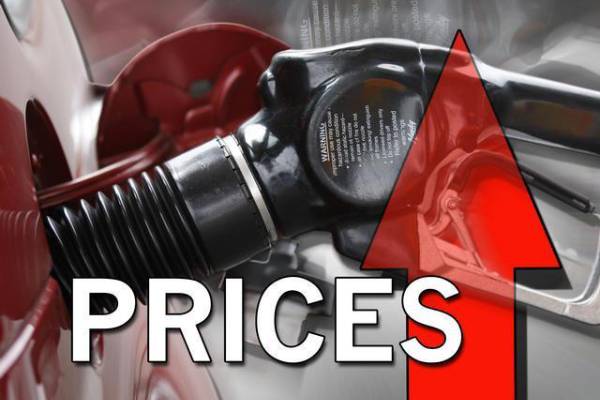The new interim government has decided to abolish much debated fuel pricing formula almost eleven months after its introduction by the previous regime heeding one of the conditions of the International Monetary Fund (IMF) in approving its US$ 1.5 billion Extended Fund Facility .
The much awaited fuel pricing formula has been unveiled by the then Finance Minister Mangala Samaraweera on December 27 keeping the people waiting for three months since its introduction to disclose its variables in public.
Although the formula looks like a simple Algebra equation, the calculation is somewhat complex as it has hidden variables an analyst said adding that no one knows the cost of vaporization and stock retention costs among several other factors.
Even Mr Samaraweera the country’s finance minister at that time told Journalists that he also find it difficult to understand the computing of fuel price using this formula .
The final price, according to the formula, is determined by the landed cost (V1), processing cost (V2), administrative cost (V3) and taxation (V4) and accordingly (Maximum Retail Price = V1 + V2 + V3 + V4.
Commenting on the fuel formula , eminent Mathematics Professor Nalin de Silva noted this was not an equation nor a formula but a gimmick (“ suthryak nemei meka suththrayak”).
He noted that If the crude oil price goes up , then at least one or two variables should go down in order to get a stable MRP of other fuels..
V1 - Landed Cost (Rs./Litre) includes Singapore Platts Price per Barrel, Weighted Average Premium per Barrel, Loss due to the Evaporation and Exchange Rates (US$) / LKR applied.
V2 - Processing Cost (Rs./litre) is equal to local Port Charges, Transport Cost, Dealer’s Margin including losses due to evaporation to dealers and stockholding cost.
V3 - Administrative Cost (Rs./Litre)includes administrative expenses including personnel cost, depreciation and other cost elements, if any.
V4 - Taxation (Rs./Litre) includes Customs Import Duty, Excise Duty, Ports and Airports Development Levy and Nation Building Tax.
According to the pricing formula, Singapore Platts per Barrel and Exchange Rate are two uncontrollable variables. Other components are either controllable variables or fixed components.
(LI)

